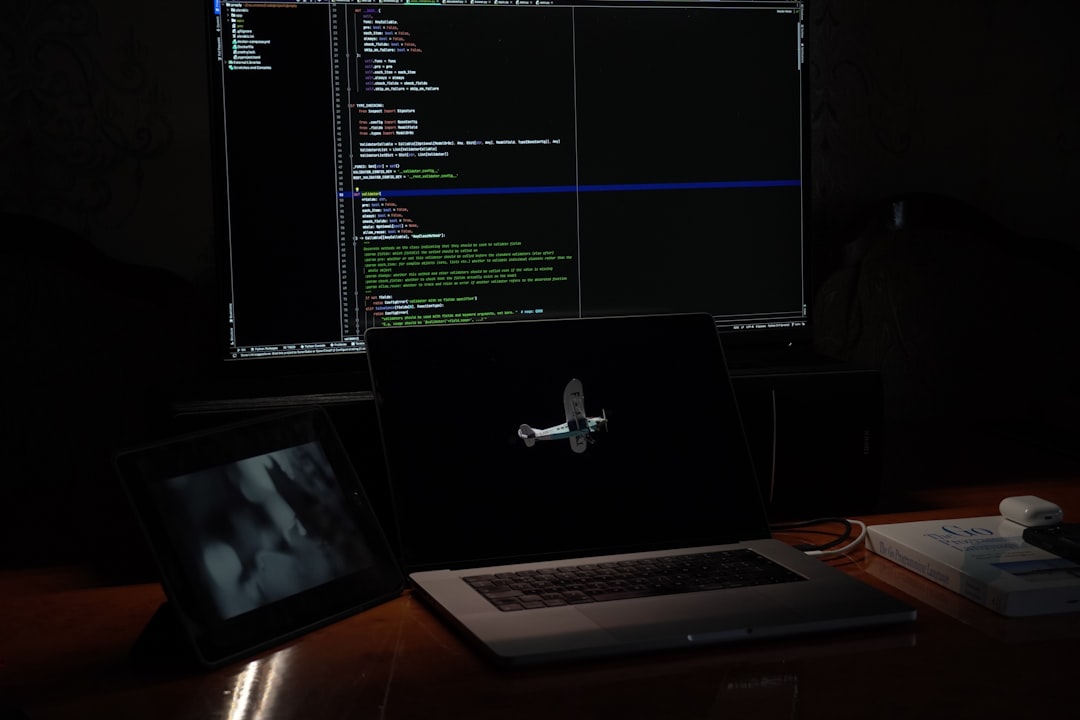Fix Error Code 2148073494 in Windows 10/11

So, you were trying to log in to your computer using a smart card, and then—boom! Error code 2148073494 popped up. Frustrating, right? But don’t panic. This isn’t the end of the world or your Windows PC. Actually, this error is pretty common, especially in Windows 10 and 11.
This friendly guide will break it down for you. We’ll explain what it means, why it happens, and—most importantly—how to fix it. Grab a coffee and let’s dive in!
What Is Error Code 2148073494?
The code may look complicated, but the message is simple: Windows is having trouble reading your smart card certificate. You might see a message like:
“The requested key container does not exist on the smart card.”
This usually happens when there’s an issue with the smart card, the reader, or the certificates themselves.
Why Does This Error Happen?
Let’s look at some common culprits:
- The certificate is missing or expired.
- Your smart card reader isn’t working properly.
- There’s a mismatch in the login credentials.
- Your drivers are outdated.
- Your Windows system has some corrupted files.
- The smart card software is broken or incorrectly installed.
Good news? You can fix all of these!
How to Fix Error 2148073494 – Step by Step
Let’s go through a few simple fixes. No tech degree required.
1. Try Another USB Port
Sometimes the best fix is the simplest one. Try plugging your smart card reader into a different USB port.
If you’re using a USB hub, try connecting directly to your computer. This avoids power or connection issues.
2. Check the Smart Card and Certificate
Maybe the card is fine, but the certificate isn’t. Here’s how to check:
- Press Win + R and type certmgr.msc. Hit Enter.
- This opens the Certificate Manager.
- Look for your smart card certificate under Personal > Certificates.
- Check if the certificate is valid and hasn’t expired.
If it’s expired or missing, you’ll need to request a new one from your system admin.
3. Reinsert or Replace the Smart Card
Take the card out. Wait a few seconds. Plug it back in.
No change? Try the card on another computer. If it fails there too, the card might be faulty.

4. Update Your Smart Card Reader Driver
The card reader needs the right driver to do its job. Here’s how to update it:
- Right-click the Start button and open Device Manager.
- Expand the section called Smart card readers.
- Right-click your device and choose Update driver.
- Select Search automatically to let Windows find the best one.
After the update, restart your PC and give it another go.
5. Run the Smart Card Troubleshooter
Windows 10/11 includes built-in tools to fix common problems. Let’s use one:
- Go to Settings > Update & Security > Troubleshoot.
- Click Additional troubleshooters.
- Look for Smart card under the list.
- Run the troubleshooter and follow the steps.
Simple and often effective!
6. Repair Corrupted System Files
Sometimes, Windows gets a bit… messy. Let’s clean it up:
- Open Command Prompt as administrator.
- Type:
sfc /scannowand hit Enter. - Let it run. This could take a few minutes.
This tool checks for and fixes broken system files. If anything related to smart card processing is broken, SFC will repair it.
7. Enable Smart Card Services
Windows might have the smart card service turned off. Not helpful, right? Let’s turn it on:
- Press Win + R, type services.msc, and hit Enter.
- Scroll until you find Smart Card.
- Right-click it and choose Properties.
- Set Startup type to Automatic.
- Click Start, then Apply and OK.
Now Windows should always run the service at boot up.
8. Install the Right Middleware
Some smart cards need extra software called middleware to talk to Windows.
If you recently got a new card, go to the manufacturer’s website. Download and install the latest middleware software.
Without it, Windows might not understand your card—even though the reader and certificate are fine.

9. Reissue the Certificate
If the existing certificate is invalid or corrupted, you might need to reissue it. This step works if your login server supports it:
- Reach out to your system administrator or IT desk.
- Ask them to revoke the current certificate and issue a new one.
- Once installed, your smart card login should work fine again.
10. Create a New Windows Profile
If nothing else works, your user profile might be corrupt. That can cause all kinds of login headaches.
Try this:
- Log in using another account with admin rights.
- Create a new user profile from Settings > Accounts > Family & other users.
- Move your files (documents, pictures, etc.) to the new profile.
- Try the smart card login again!
This can refresh a whole bunch of hidden settings and permissions that might be broken in your old profile.
Extra Tips and Warnings
- Back up your certificates before uninstalling anything.
- Always update Windows to the latest version—patches fix bugs.
- If your organization uses Group Policy, check that smart card login is correctly configured.
- Don’t use outdated smart card software—it can cause compatibility problems.
When to Ask for Help
If you’re in a corporate environment, your best move might be to call the IT department. Don’t struggle for hours. Sometimes, domain policies or server-side issues are to blame—and you can’t fix those yourself.
If you’re using your own computer, and none of these fixes helped, consider contacting the smart card manufacturer’s support team. They often know exactly what version of software you need or what settings to tweak.
Final Thoughts
Error code 2148073494 is annoying, but it’s fixable. Really!
Just take the steps one by one, and be patient. Most of the time, it’s a minor glitch with the card, reader, or certificates. A quick update or reinstall can get you back on track.
And remember—you’re not alone. This is one of those classic Windows hiccups that many people face. But now, you know how to handle it like a pro!
